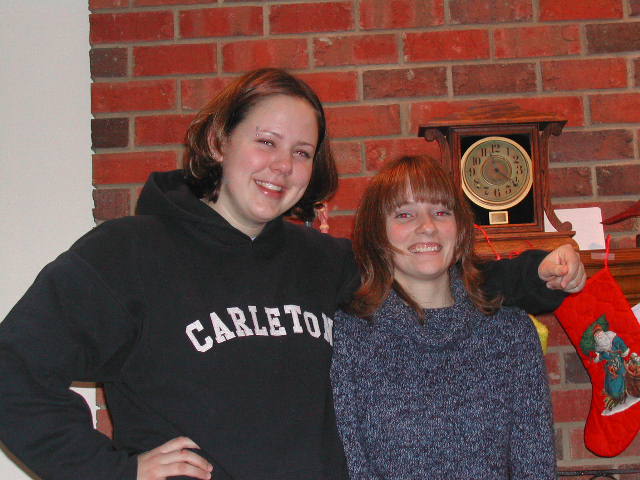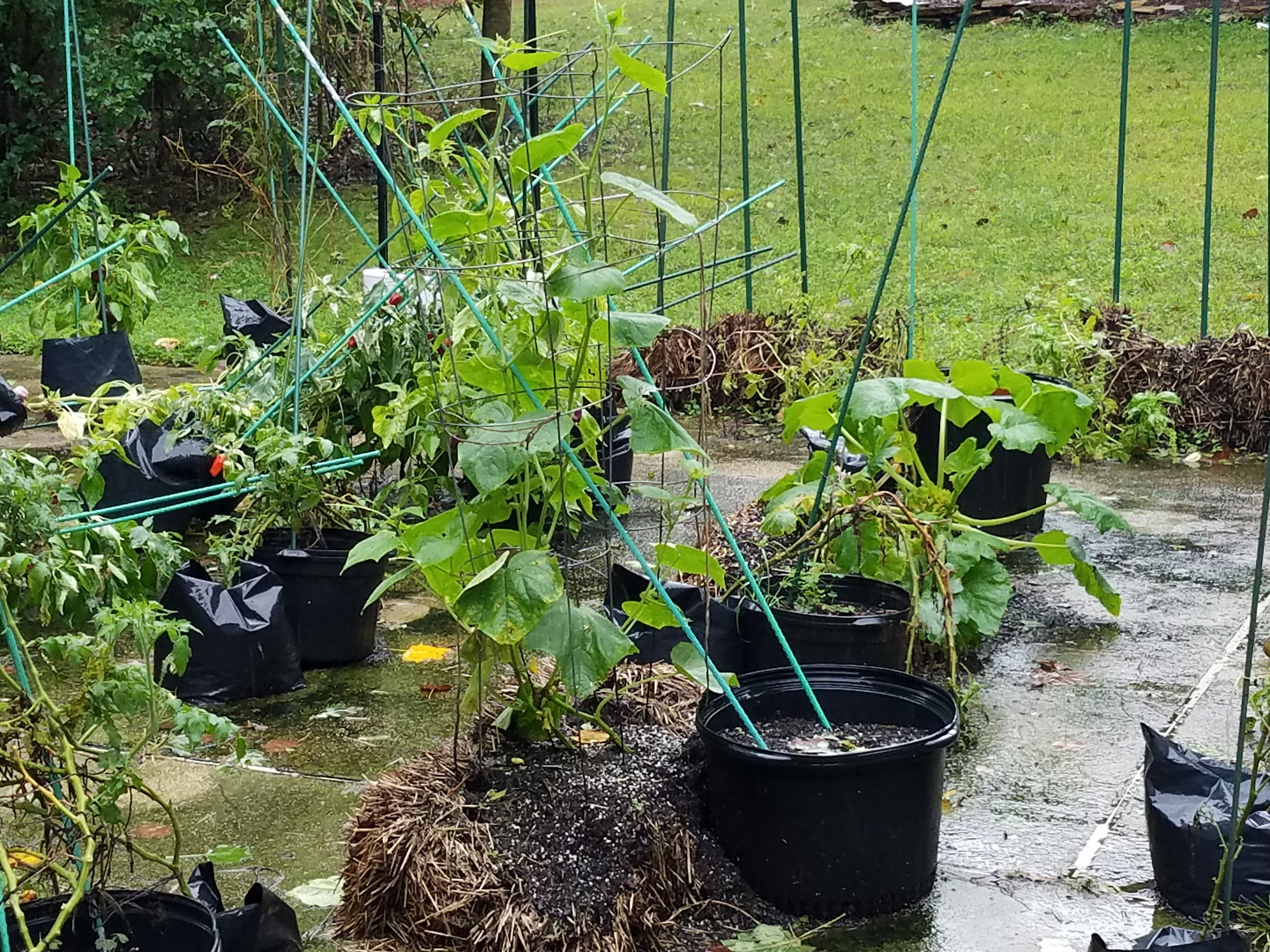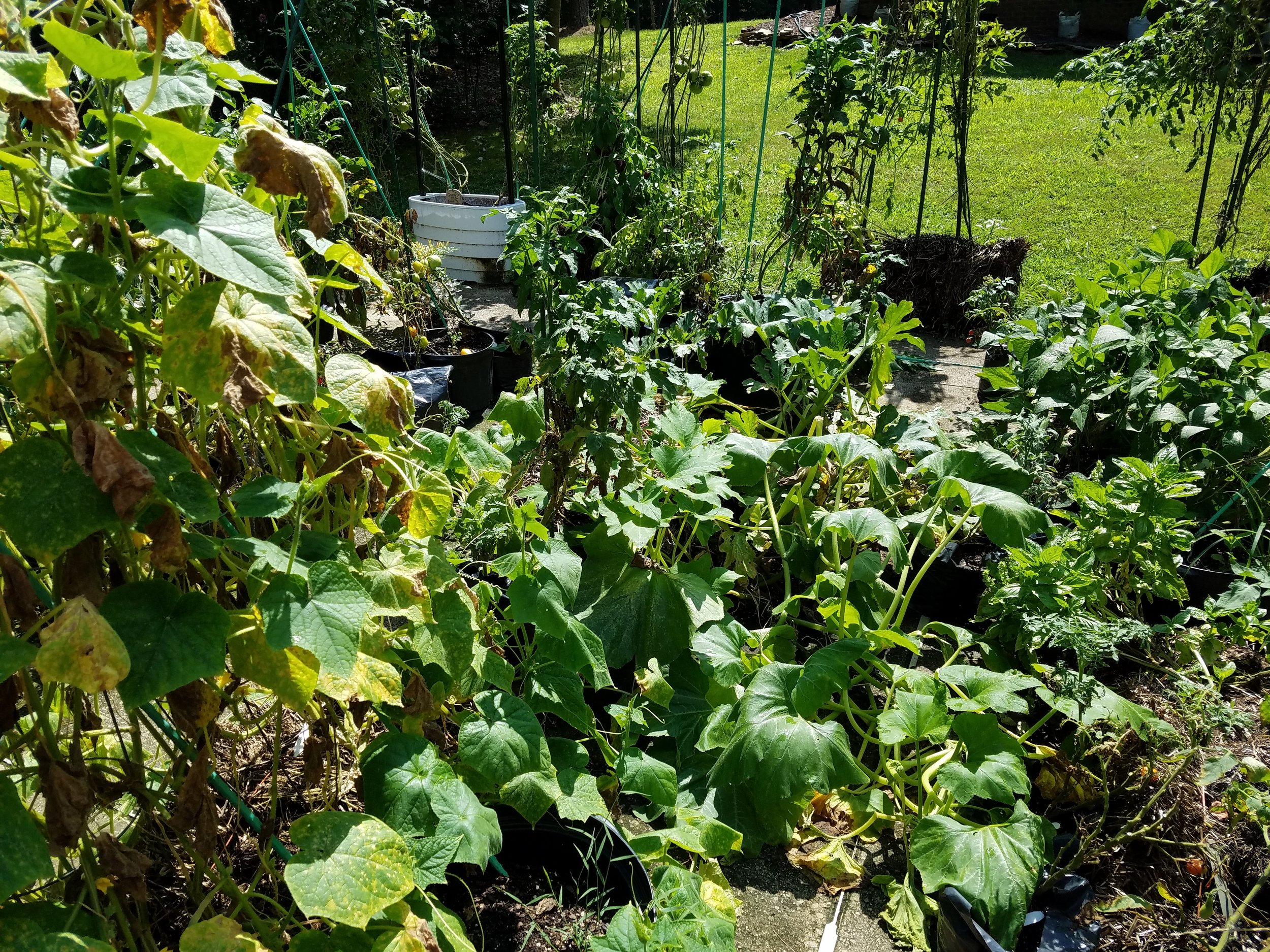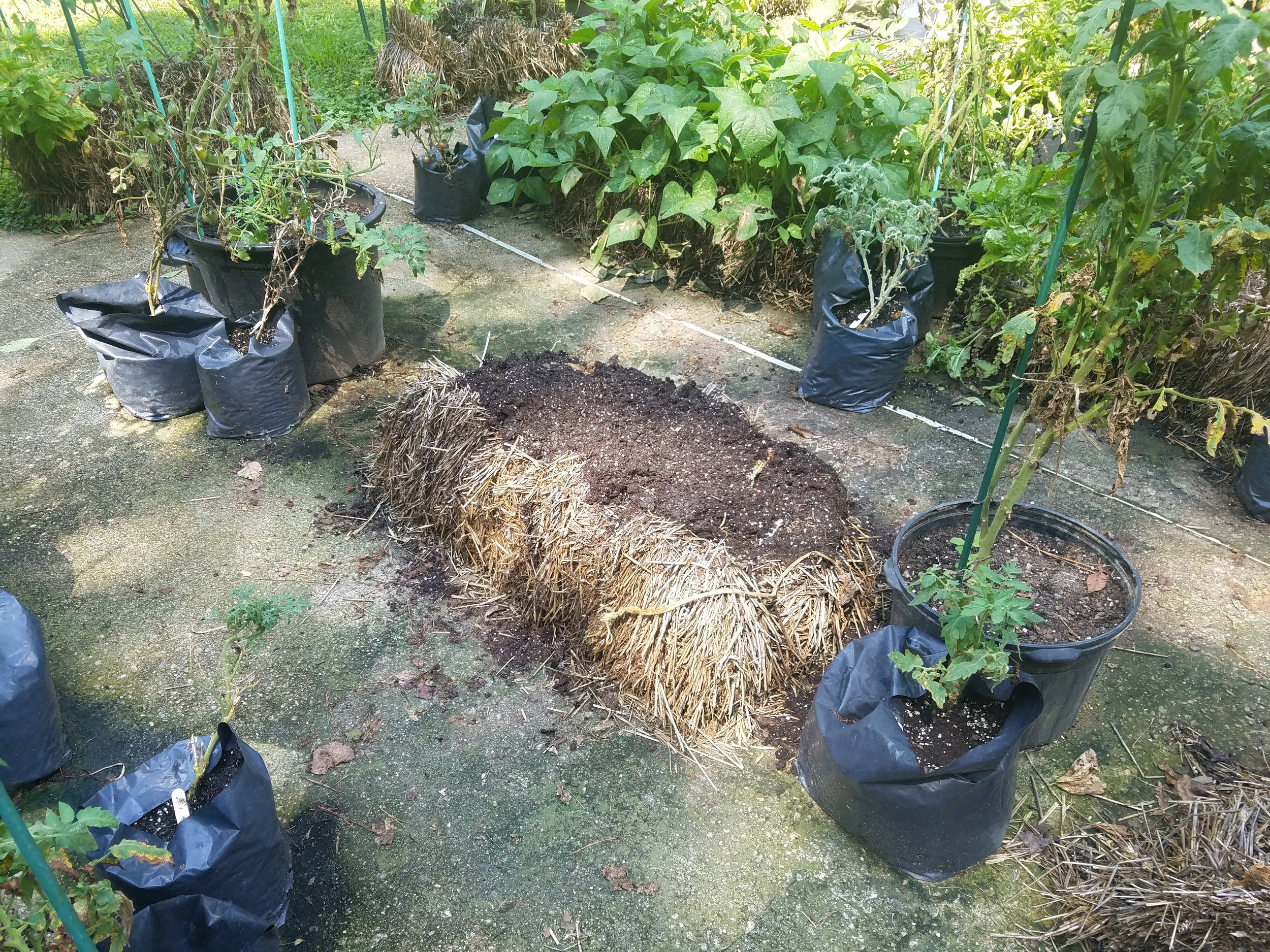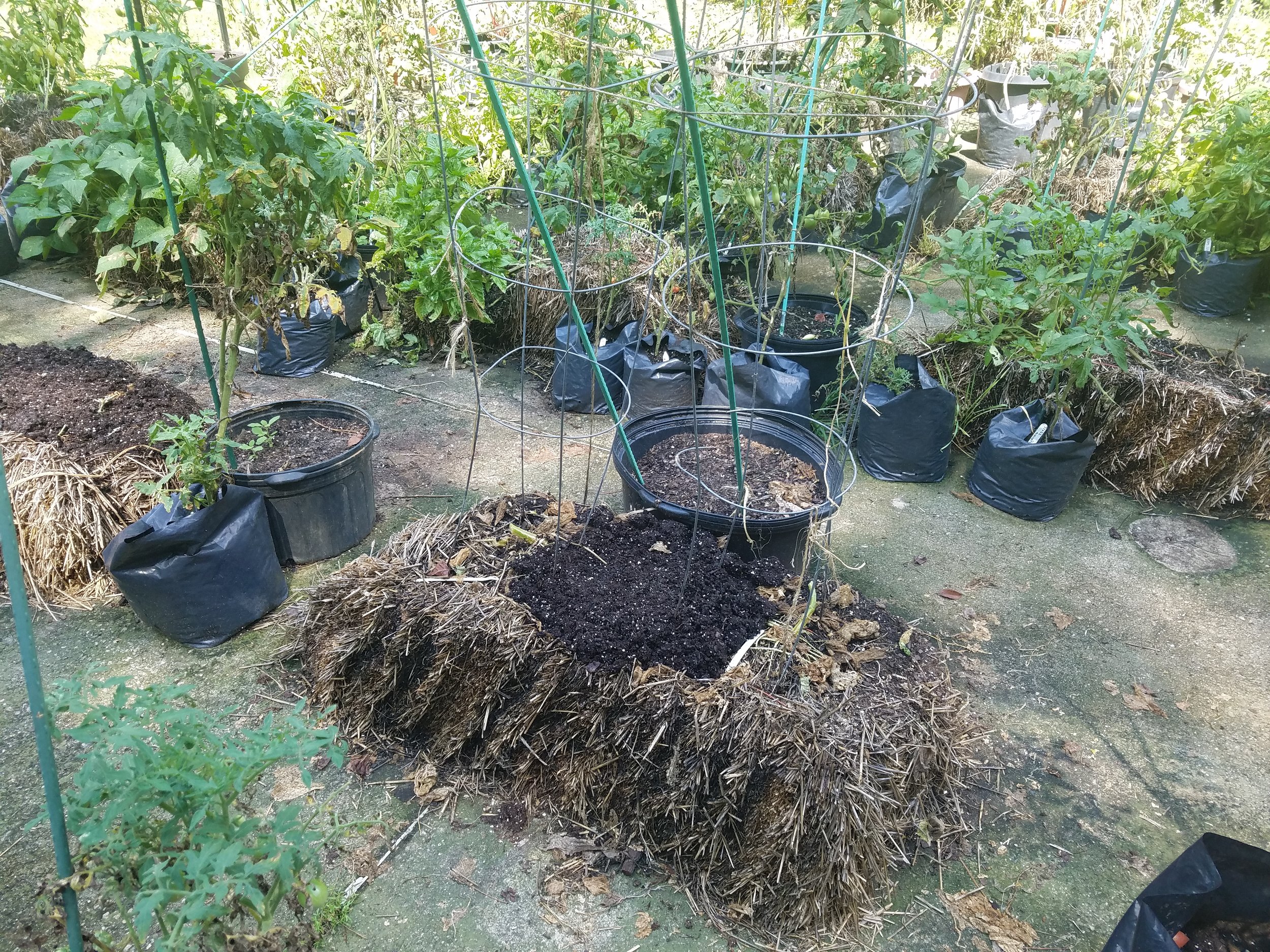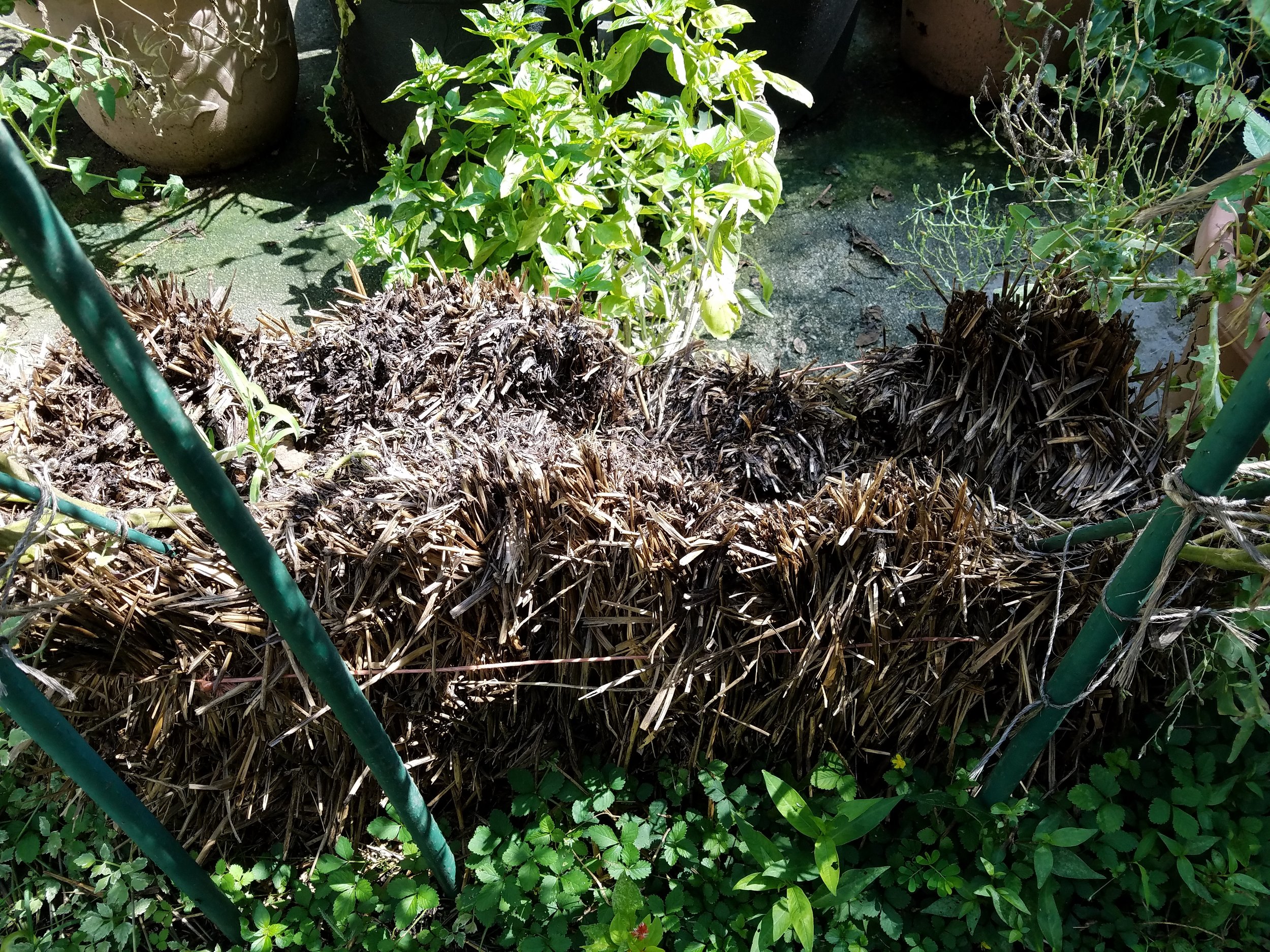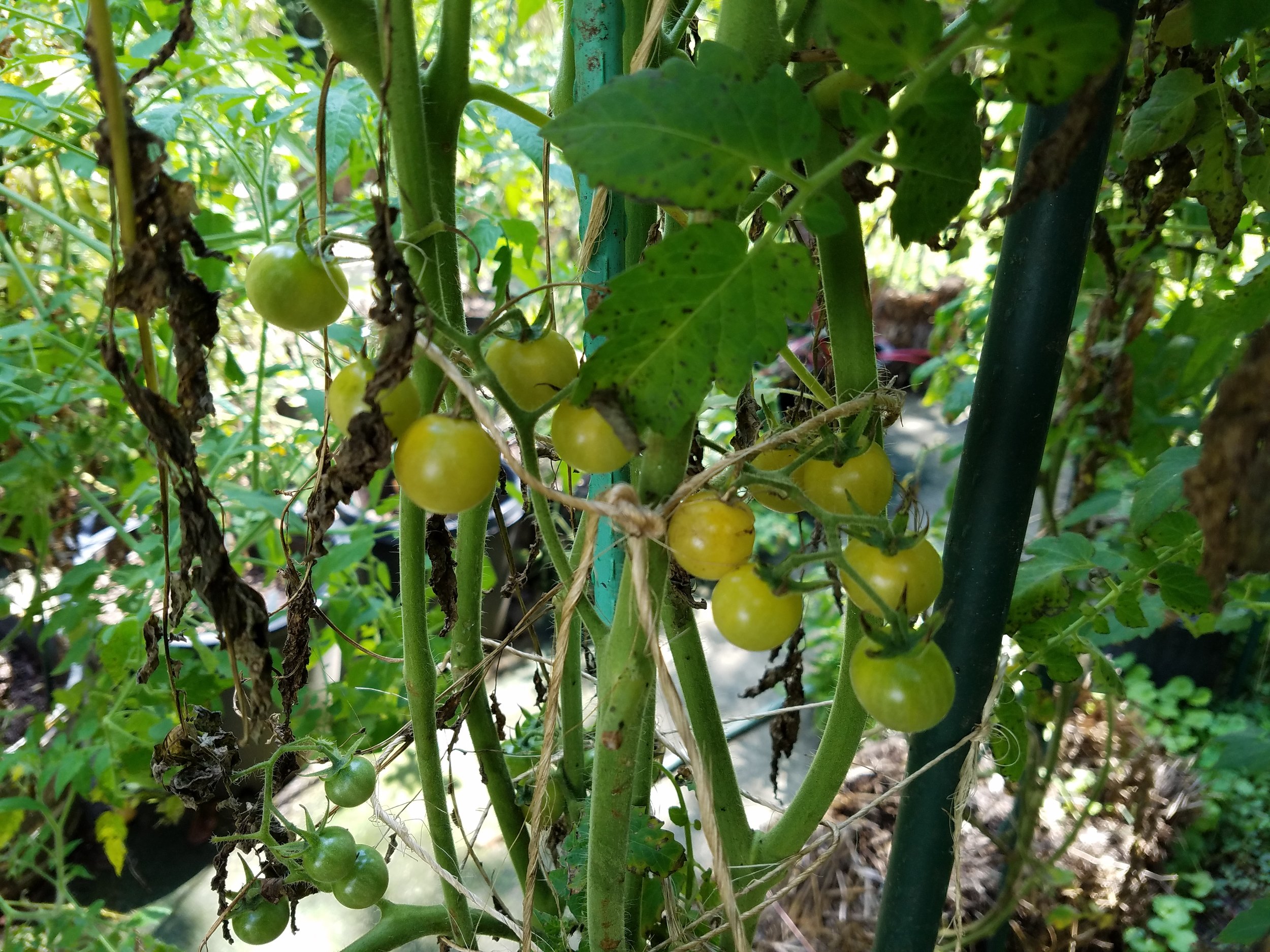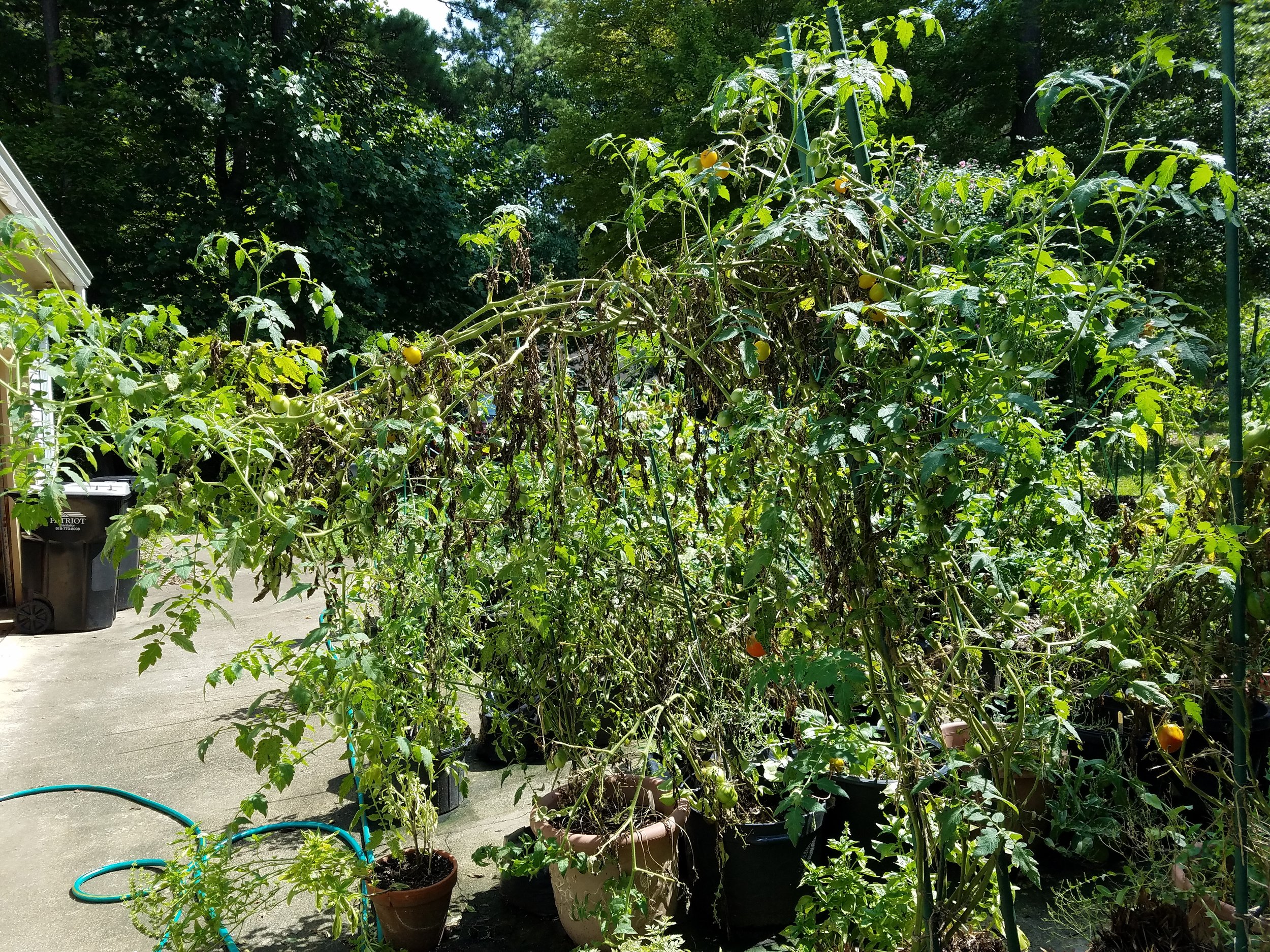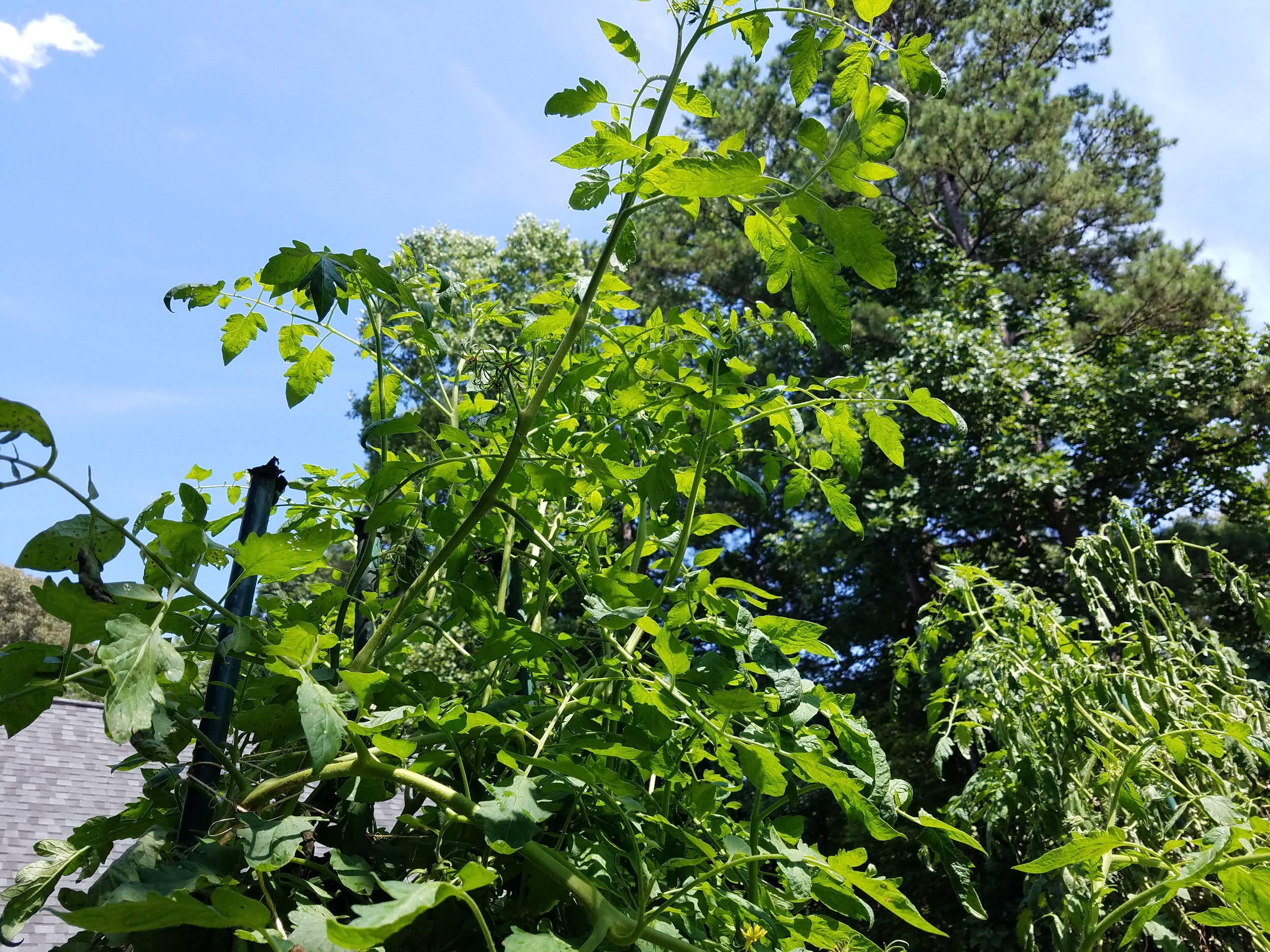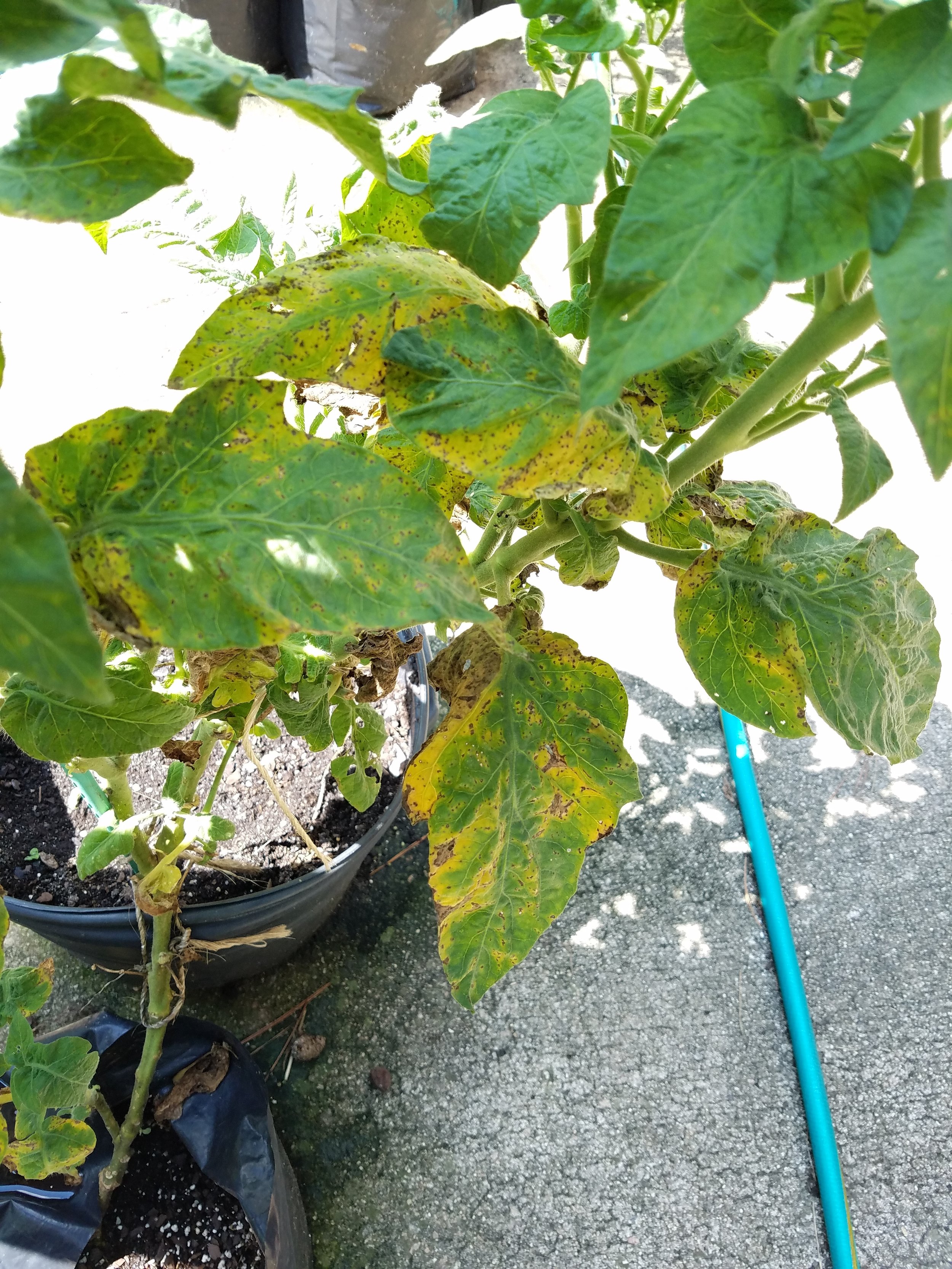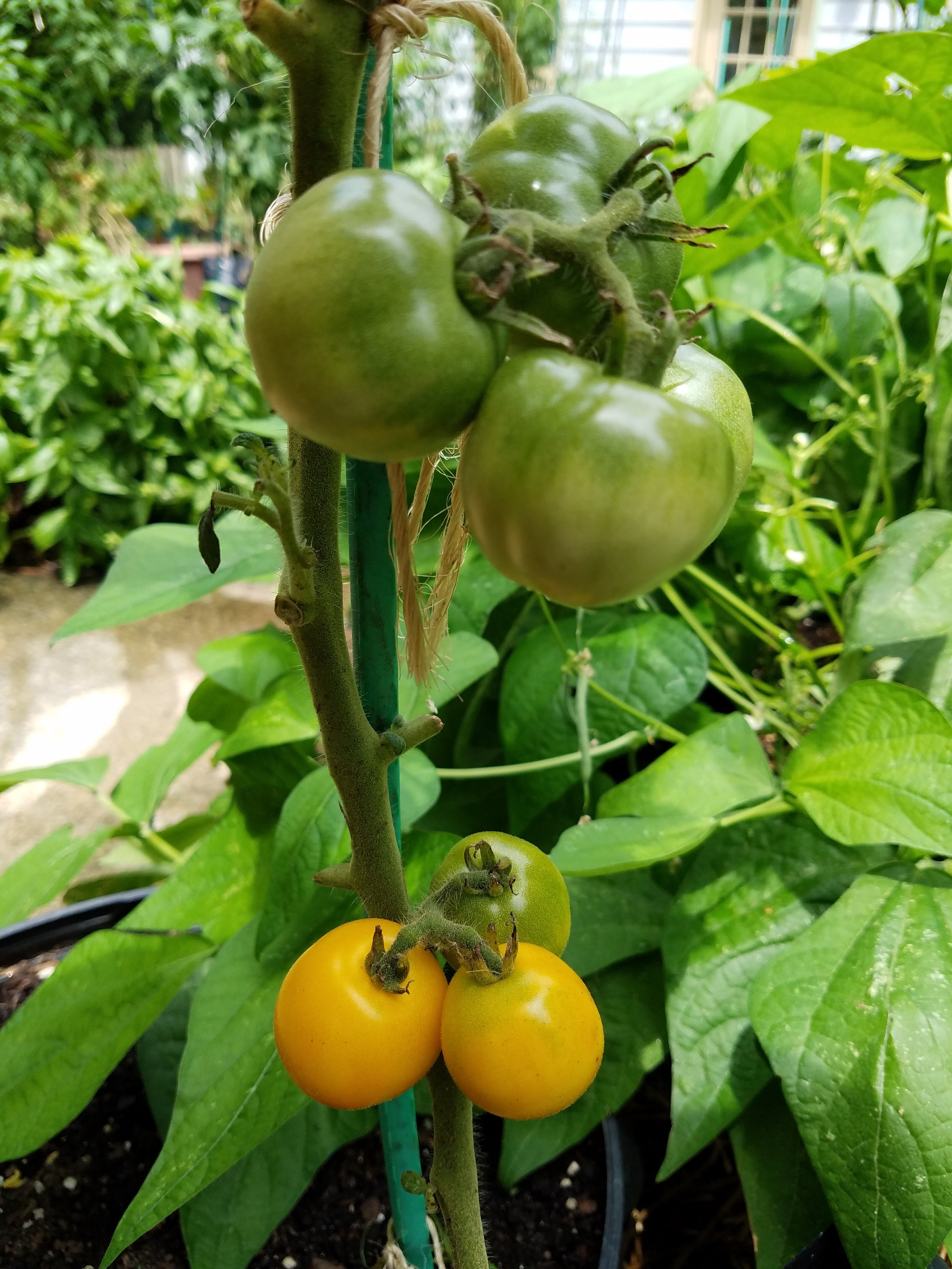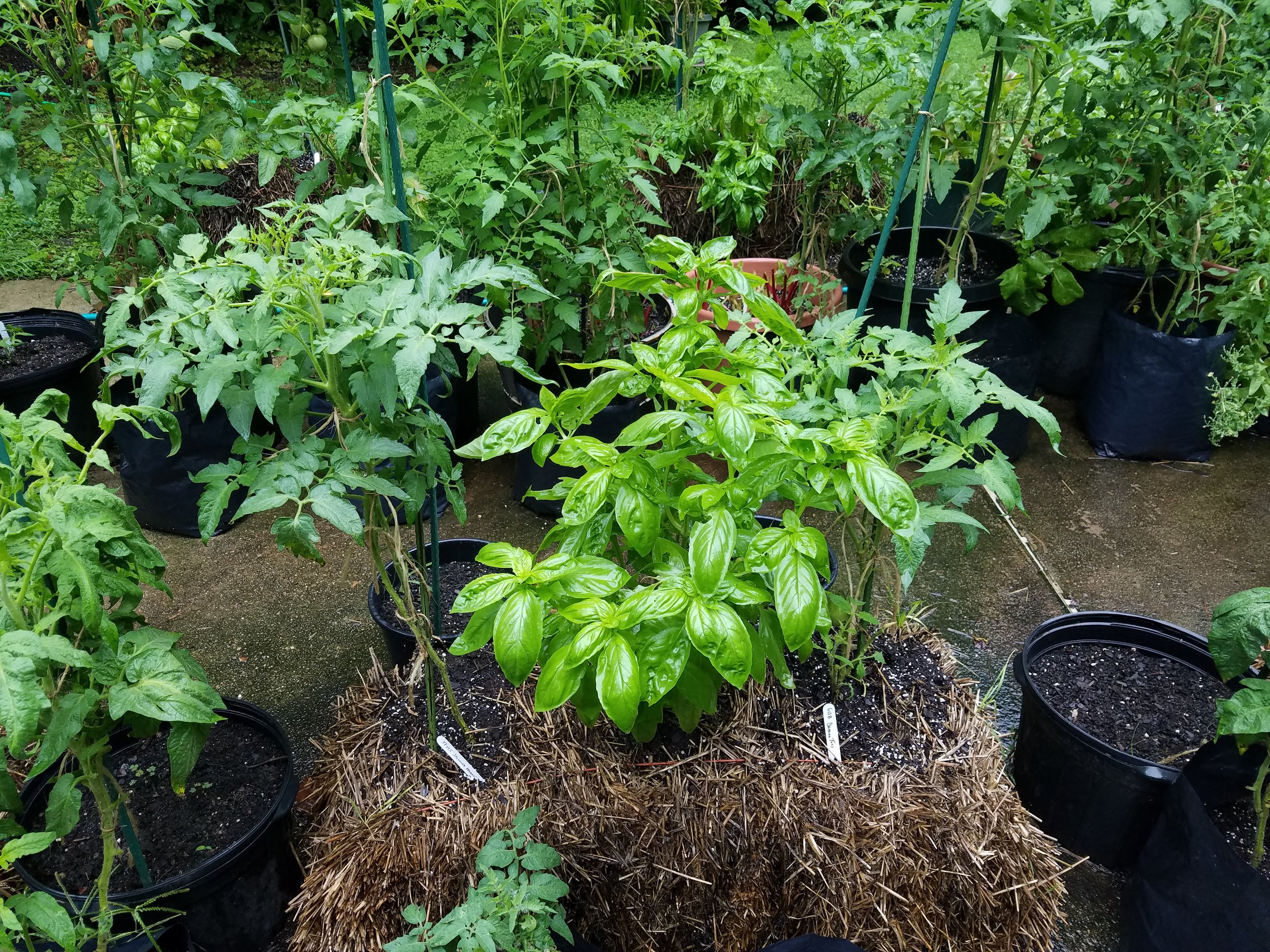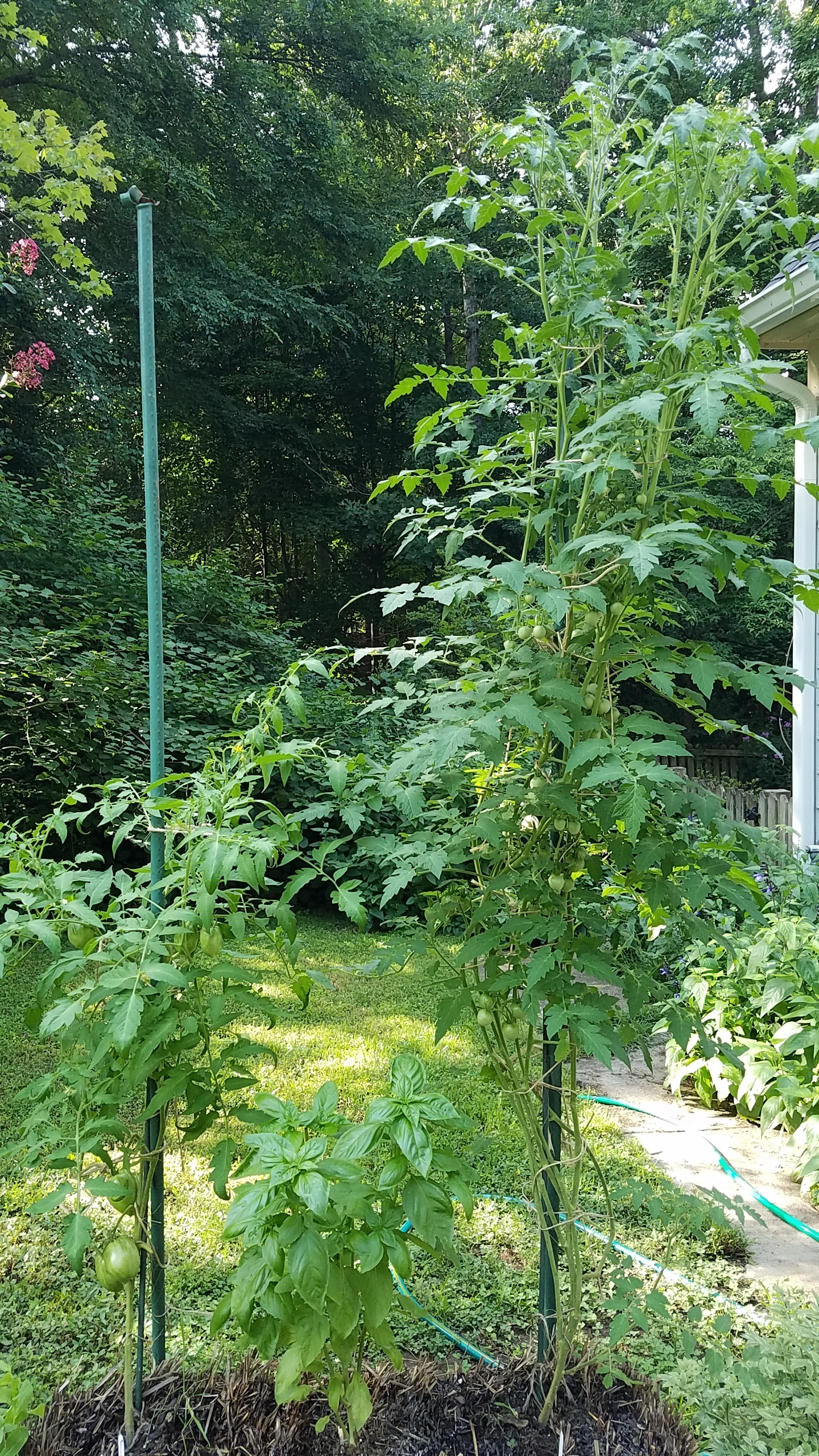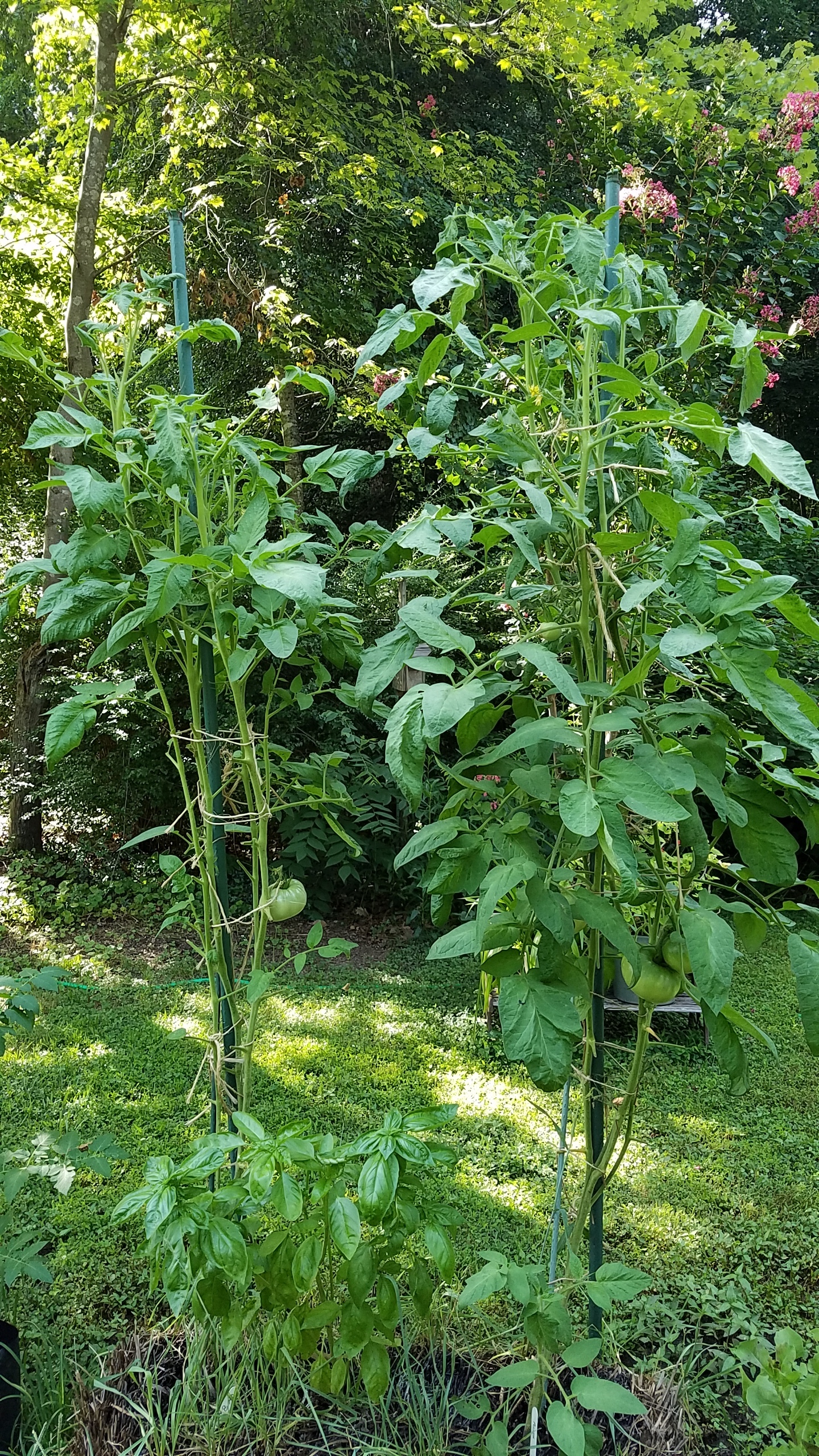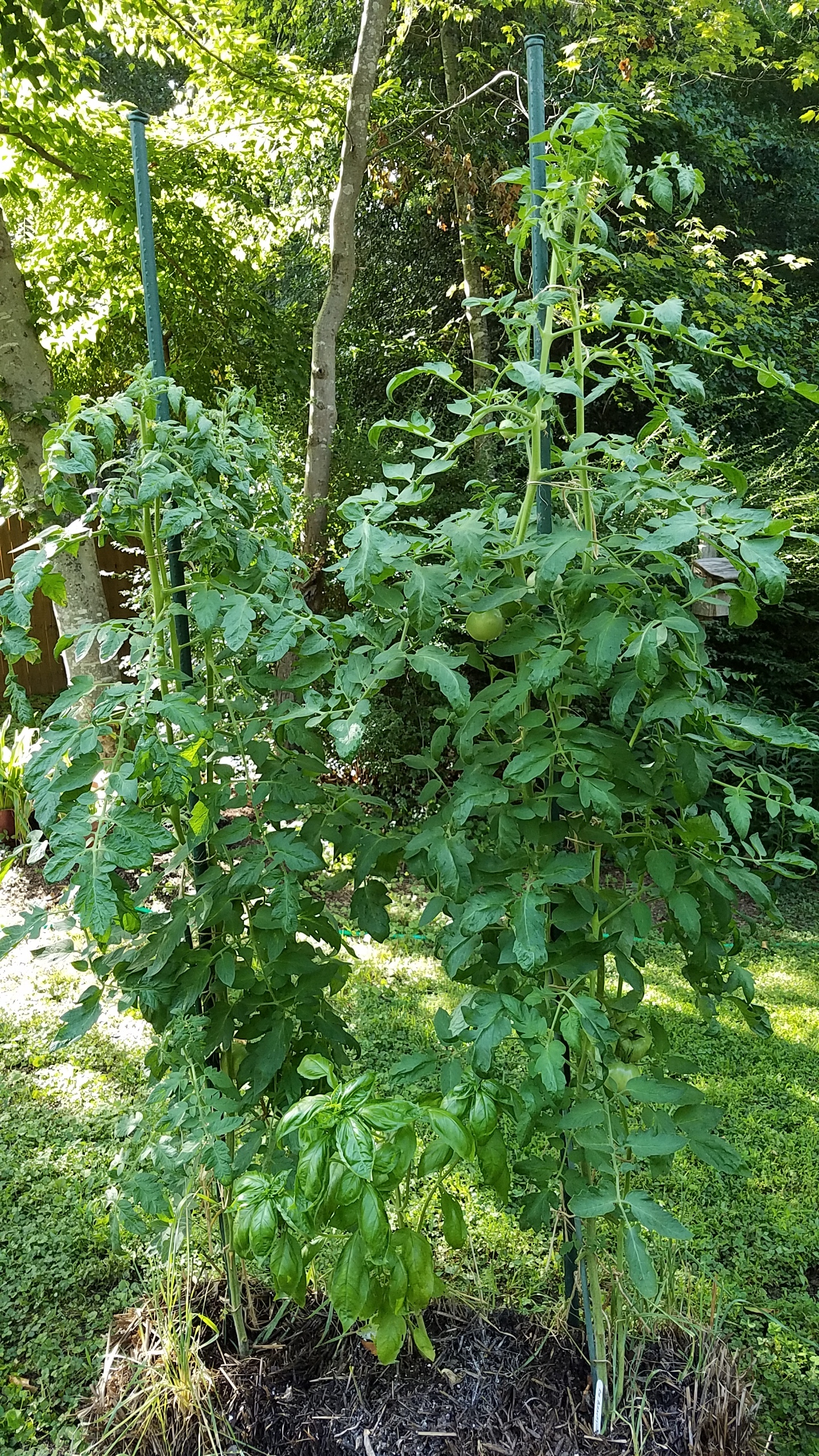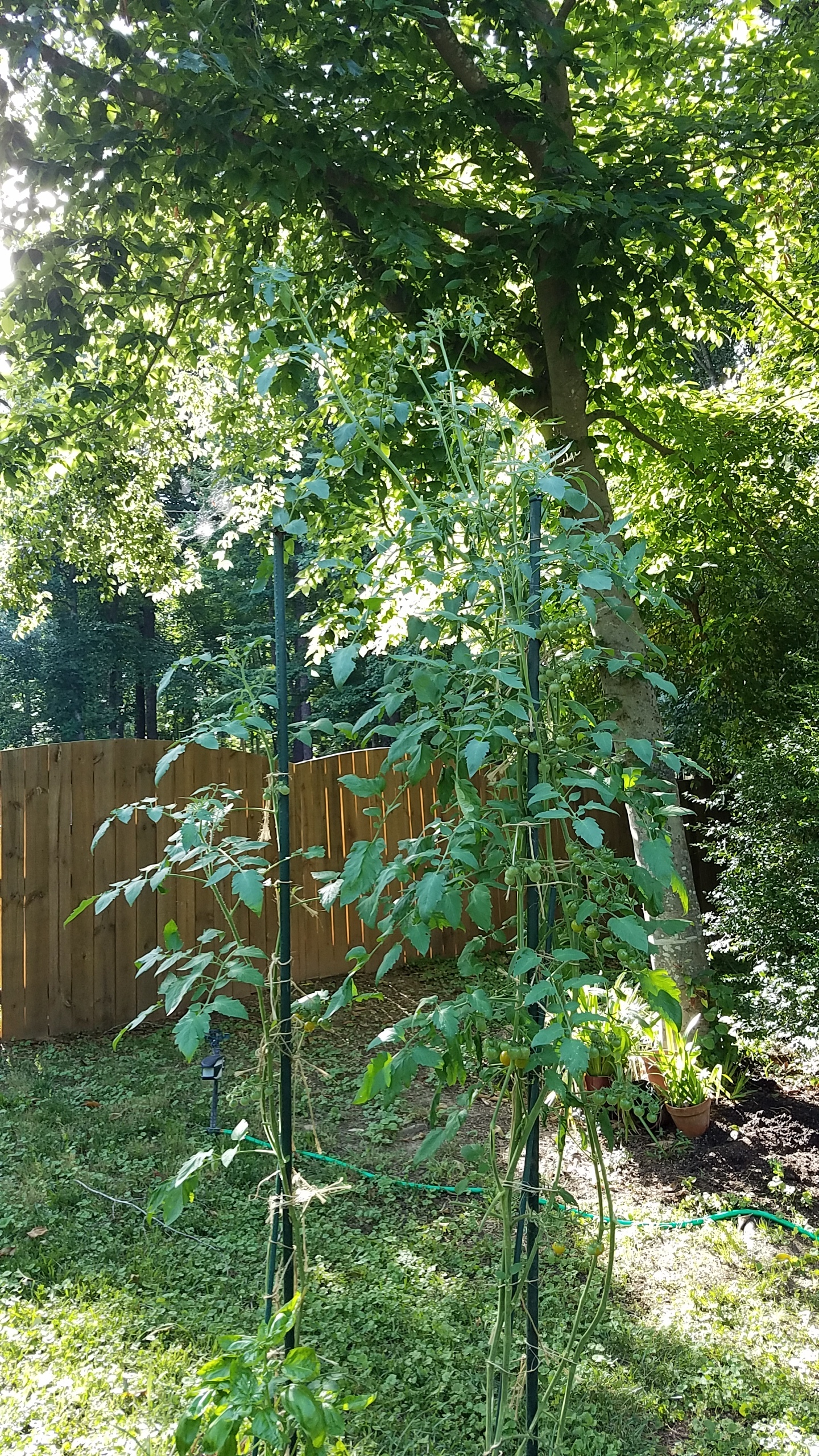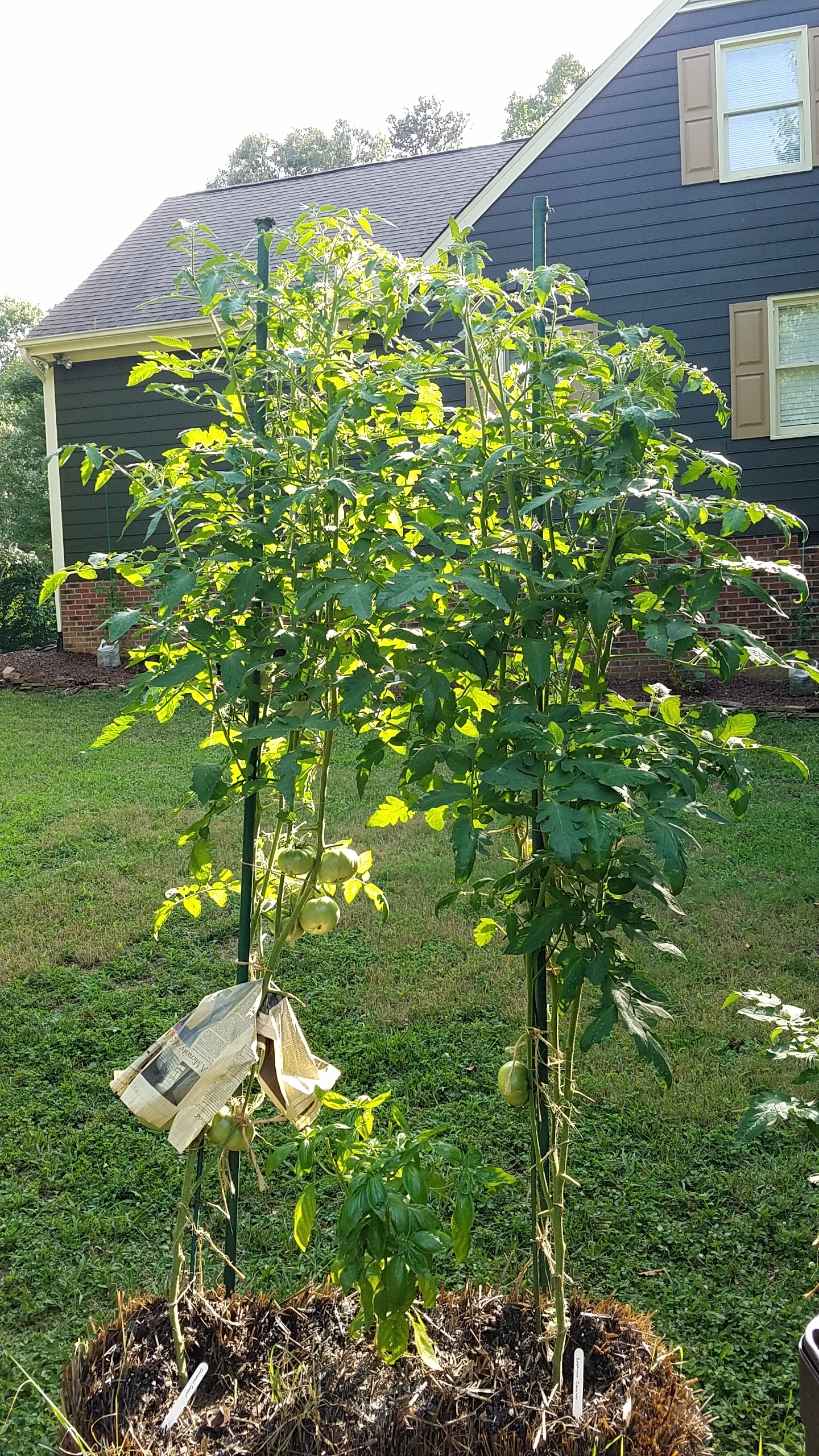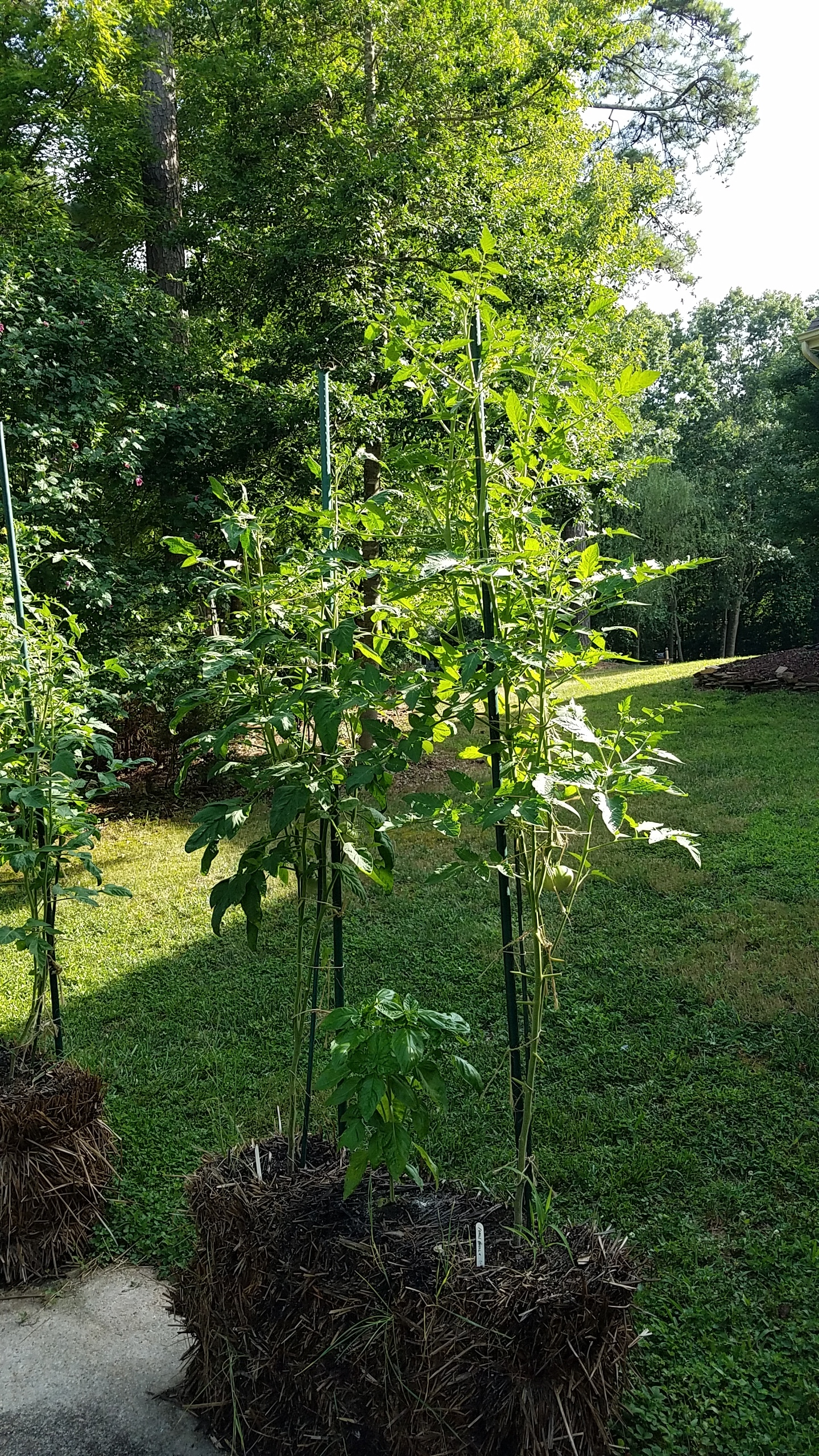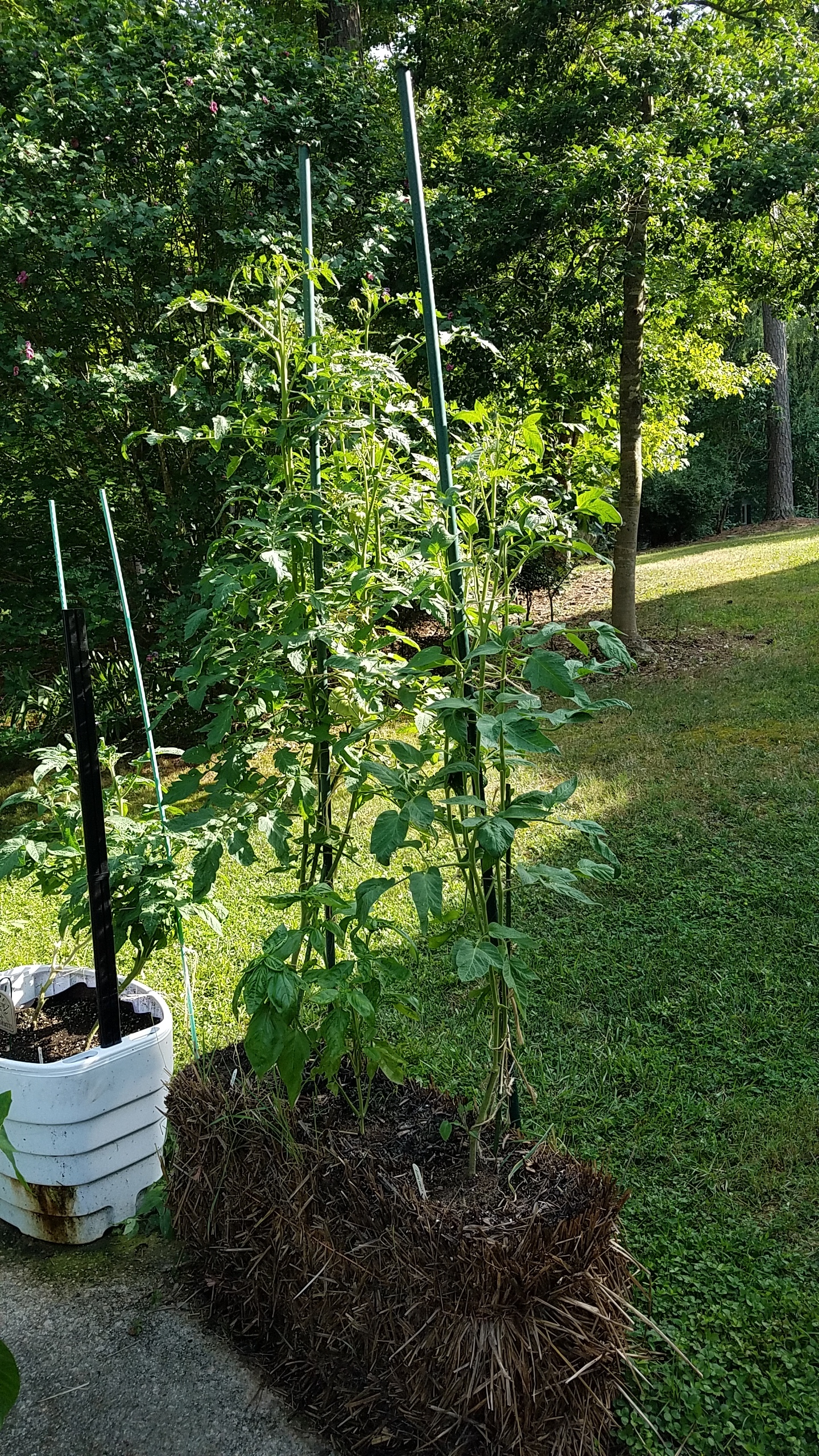Greetings, readers of my blog, gardening friends, tomato lovers - here’s hoping your chosen holiday is all that you hoped and wished for. Sue and I were just remarking last night, on our way to Christmas Eve service at Duke Chapel, that Christmas - any holiday, really - should be more than a single point in time, something that you throw the switch on for…and then, too quickly, off again.
The house is quite quiet this year (a few creatures were stirring - our cats Pico and Sam, and dog Koda - though they are all pretty chilled out). Sara and her family are celebrating Christmas in Olalla Washington (Sue and I were with them for the last two Christmases). Caitlin and Patrick are having their special day at their home in Abilene. Sue’s brother in law and niece are in Marathon Florida. And so we are strewn about, those of us who are left, to enjoy the music, stories, customs….and so, so many memories of Christmases past. (2 pics below…..me at age 3 or so, Sara and Caitlin in 2002)
Sue and I had our quiet but quite wonderful Christmas morning opening gifts that were pretty much all surprises (we are at that stage of needing little stuff - just lots and lots of more time with each other). Thanks to the website Smitten Kitchen, we tried something new - and really delicious - for our Christmas breakfast…gingerbread waffles. So, so good. Now we await the arrival of Sue’s friend for a meal and some games. The Christmas memories continue to be accumulated, and we are so fortunate.
Santa with just a few gifts for Sue and I this year
2018 was quite a year - it felt like several distinct years all stitched together. It was a gardening season in which I shared a lot - a big stretch of daily progress, heavy use of Instagram, a slew of podcasts and speaking trips and blogging….and, lots of gardening and harvesting and cooking. For the first time, as the year wound down, I felt some burn out - overexposure - and a need to re-energize and go a bit “underground”. It was in that place that I decided to pull back on a few things - the Dwarf Tomato Project is officially closed as of December 31 (though it will slowly continue on in a much smaller, more localized way until the many remaining promising leads are finished). I decided to separate from my adviser role with the World Tomato Society. There have been far less posts, shares and blogs, all by design. The country - the world - has become a fragmented, angry place and the noise hurts my head and my soul - hence more pulling back. It has been so temping to disconnect from all of the social networking apps - Instagram, Facebook, Twitter - but I do like to share my gardening things, and do like to learn from those of you who similarly share - so not yet, but…I am inching closer.
As for 2019 - the space created by stopping the Dwarf project and leaving the WTS will be filled by completion of my third book, the story of the Dwarf Tomato Project. Aside from that, and the speaking events on my calendar, I am leaving the rest to be filled in over time. The size of my garden, a decision on whether to sell seedlings, other possibilities such as garden videos or a podcast - no answer on any of those yet, but there will be with time, and at the appropriate time. My main focus will be spending time with Sue - with our rescue Koda (he continues to warm up to me, but it is baby steps, and some days they go backward). There are trails to be hiked, places to explore, books to read, music to listen to. I will continue to share what seems worth sharing, but perhaps with less frequency.
This is pretty typical me, actually - liking just a bit of structure…but the exact what, where or when are pending. All I an say is a big thank you for reading, for your friendship - and stay tuned!
Sue and I, Christmas morning 2018




